What’s become of Otl Aicher’s former abode? A visit to the Allgäu.


What’s become of Otl Aicher’s former abode? A visit to the Allgäu.
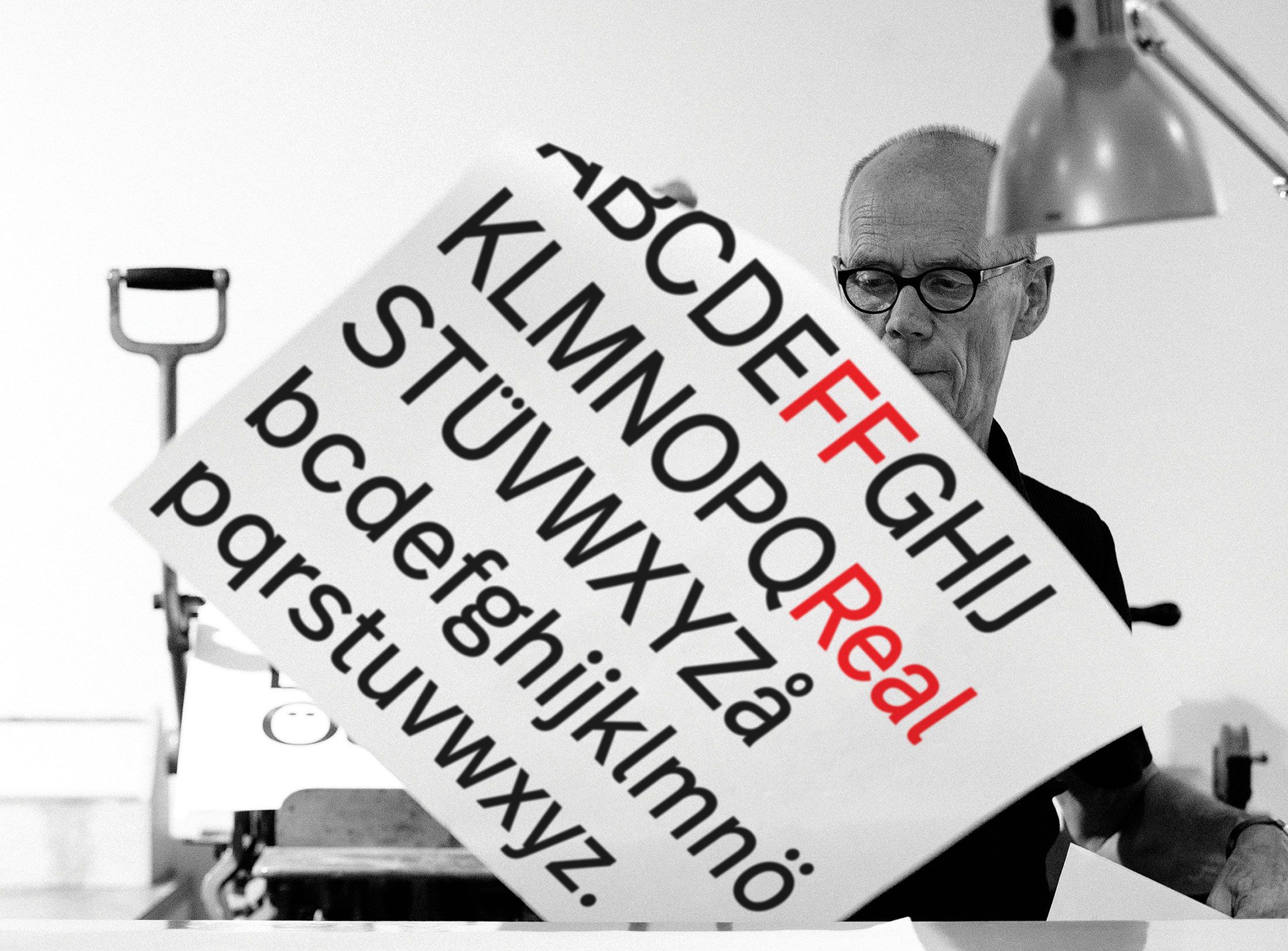
Interviewed: Erik Spiekermann, type designer, author and Aicher critic.

Technology: a central notion and fixed point of perspective in the work of Otl Aicher.
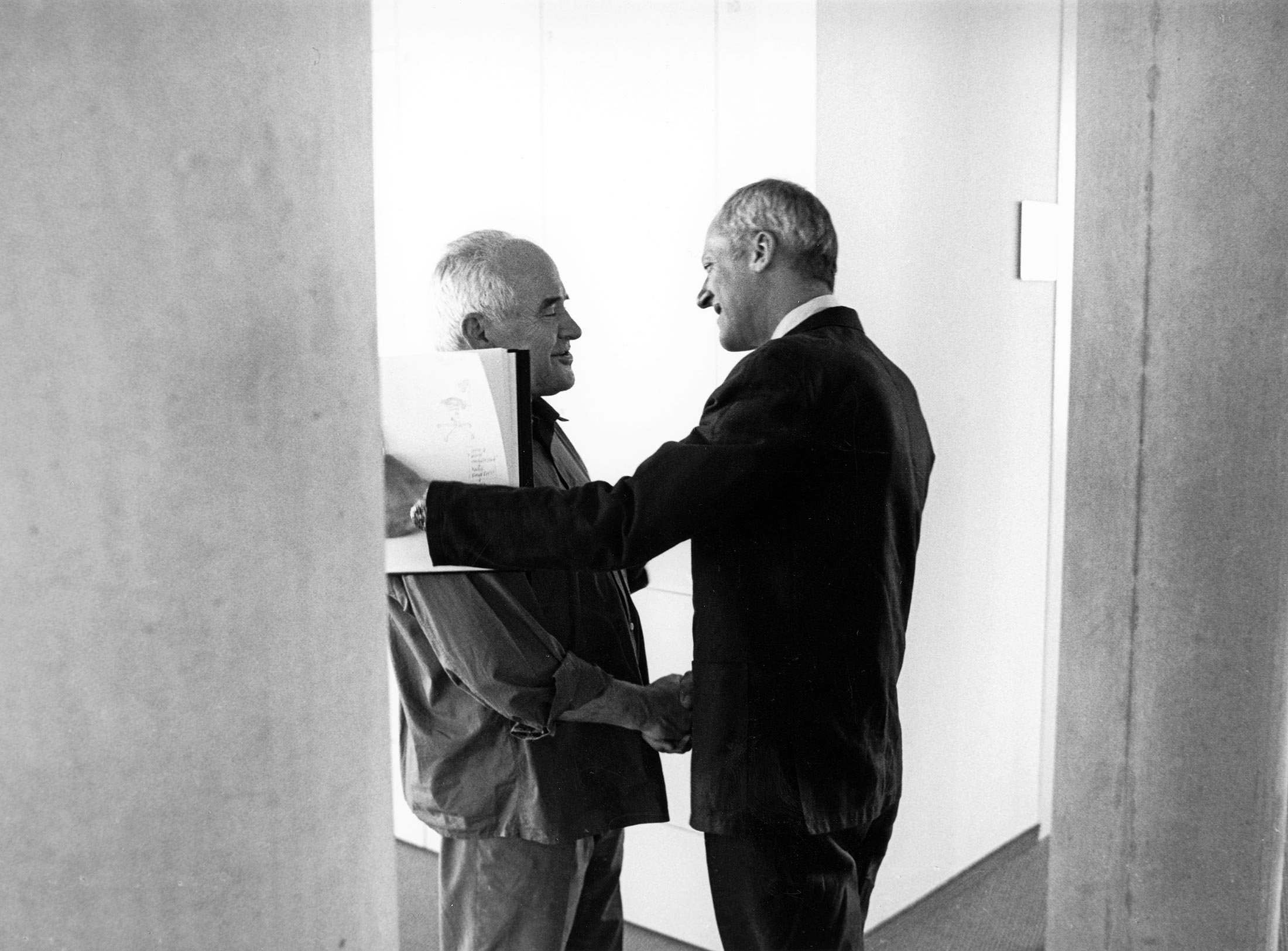
The British architect Norman Foster on his friendship with Otl Aicher: He had absolute integrity.
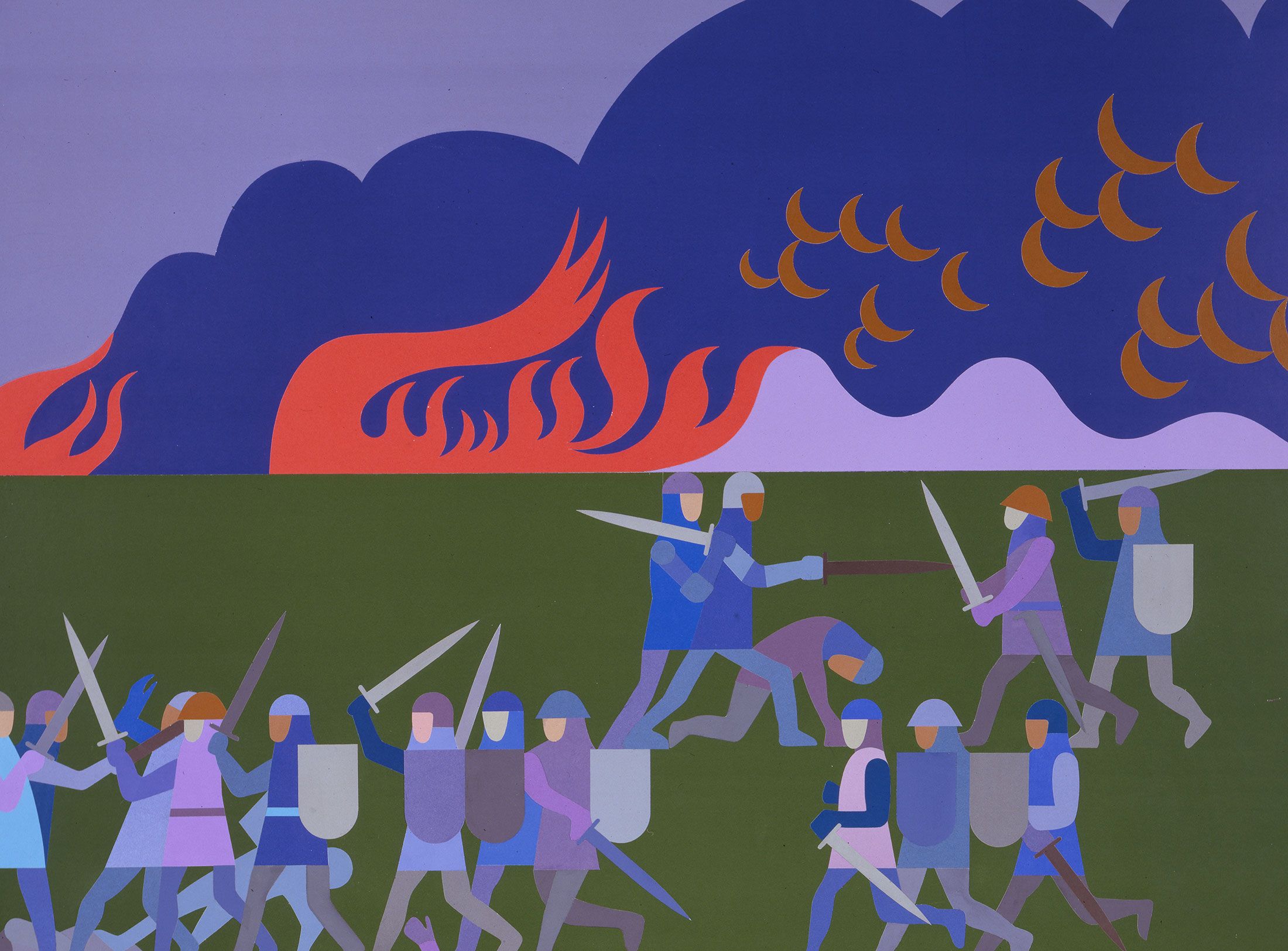
Thoughts on the colour palettes of Otl Aicher.
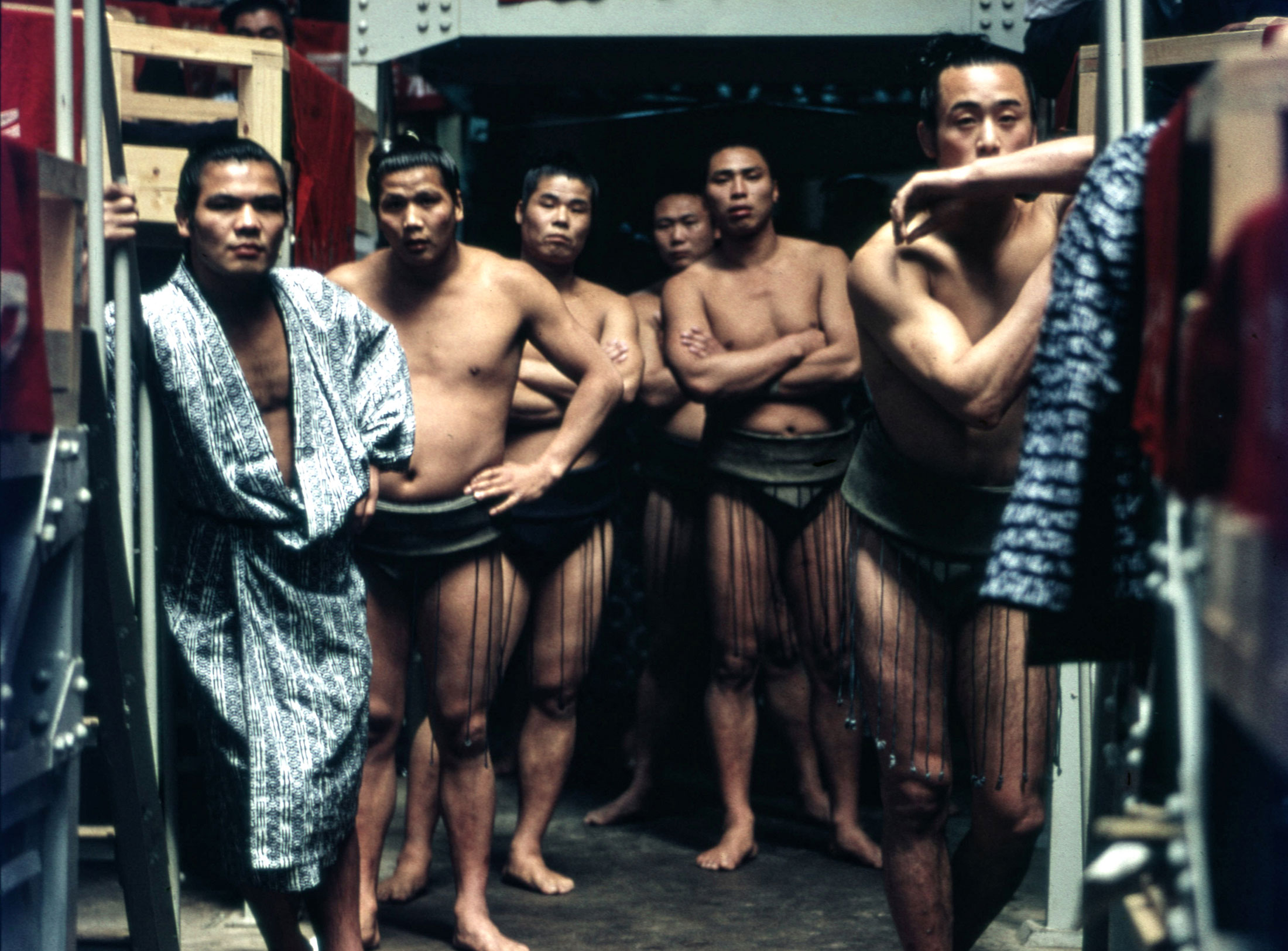
Absolute sharpness, reduction and strict rules determine the character of his pictures: Otl Aicher as photographer.

Under Otl Aicher’s direction, designers, architects and landscape planners shaped the face of the Olympic Games 1972.
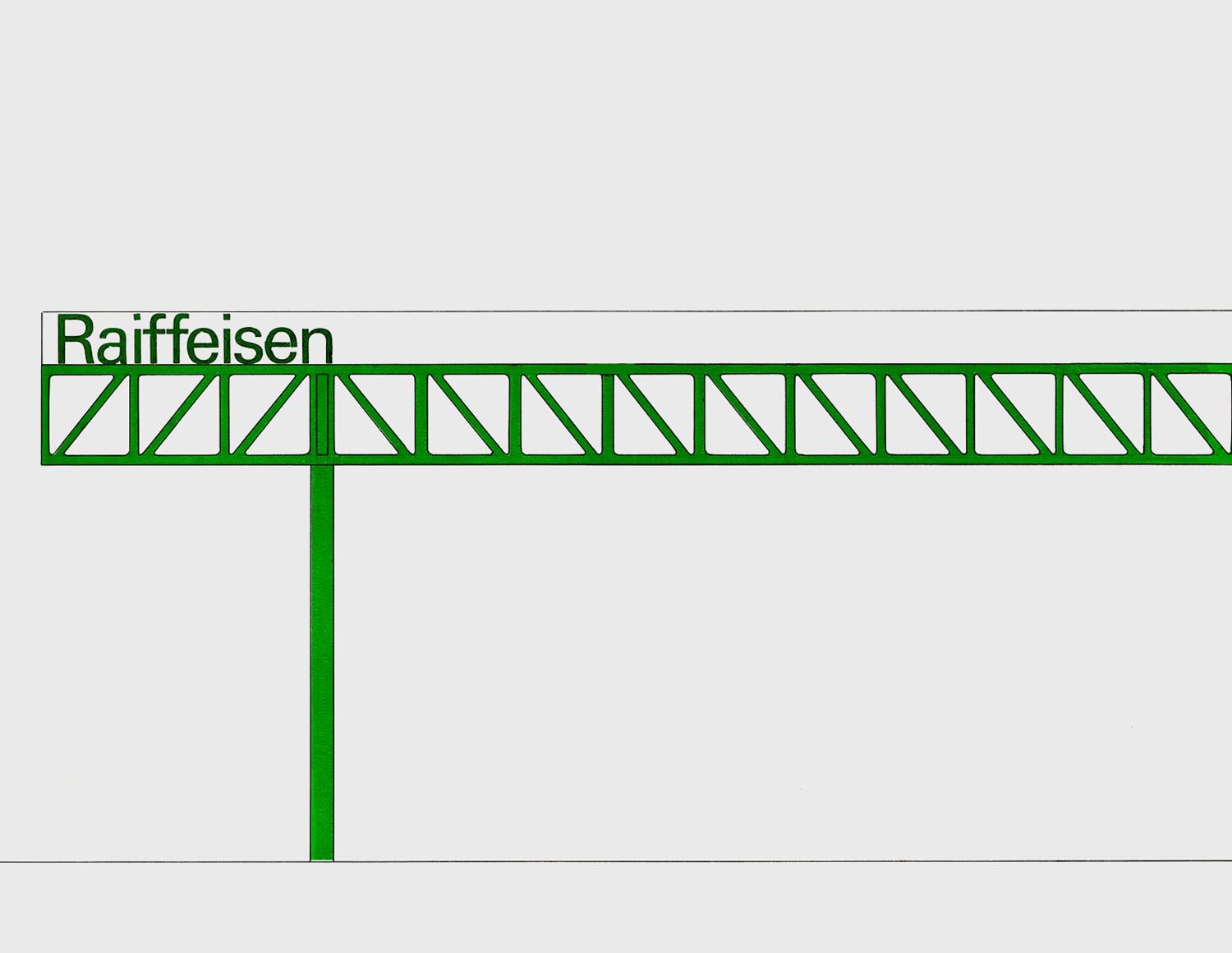
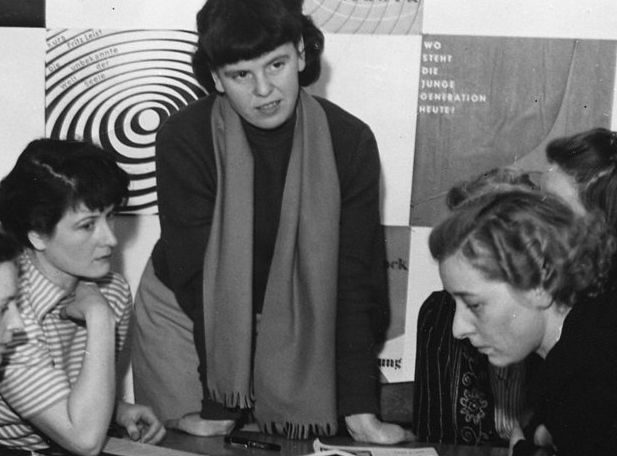
Inge Aicher-Scholl preserved the legacy of the White Rose.
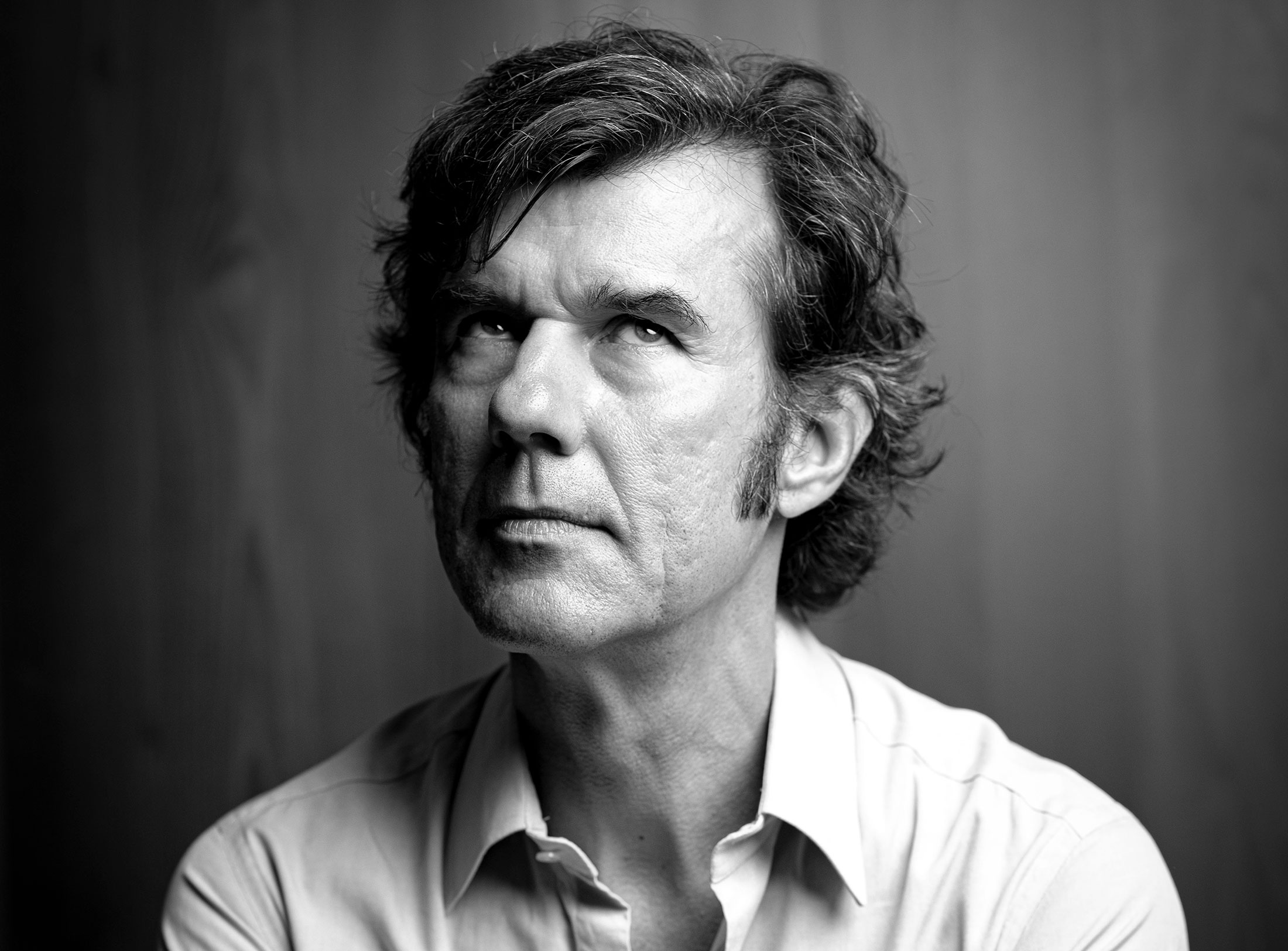
An interview with design icon Stefan Sagmeister about typefaces, beauty and the legacy of Otl Aicher.
The International Design Center Berlin (IDZ) invites you to a slide show and panel talk at Architektur Galerie Berlin on 20 October. Karsten de Riese and Prof. Michael Klar will report on a photo reportage commissioned by BMW that took them to Tunisia in 1975 together...
On the occasion of the 50th anniversary of the 1972 Olympic Games, the IDZ invites you to a discussion on the vision of the Munich Games and the status quo as well as the future of the Olympic movement on 26 August. The event at Berlin’s Akademie der Künste on Pariser...
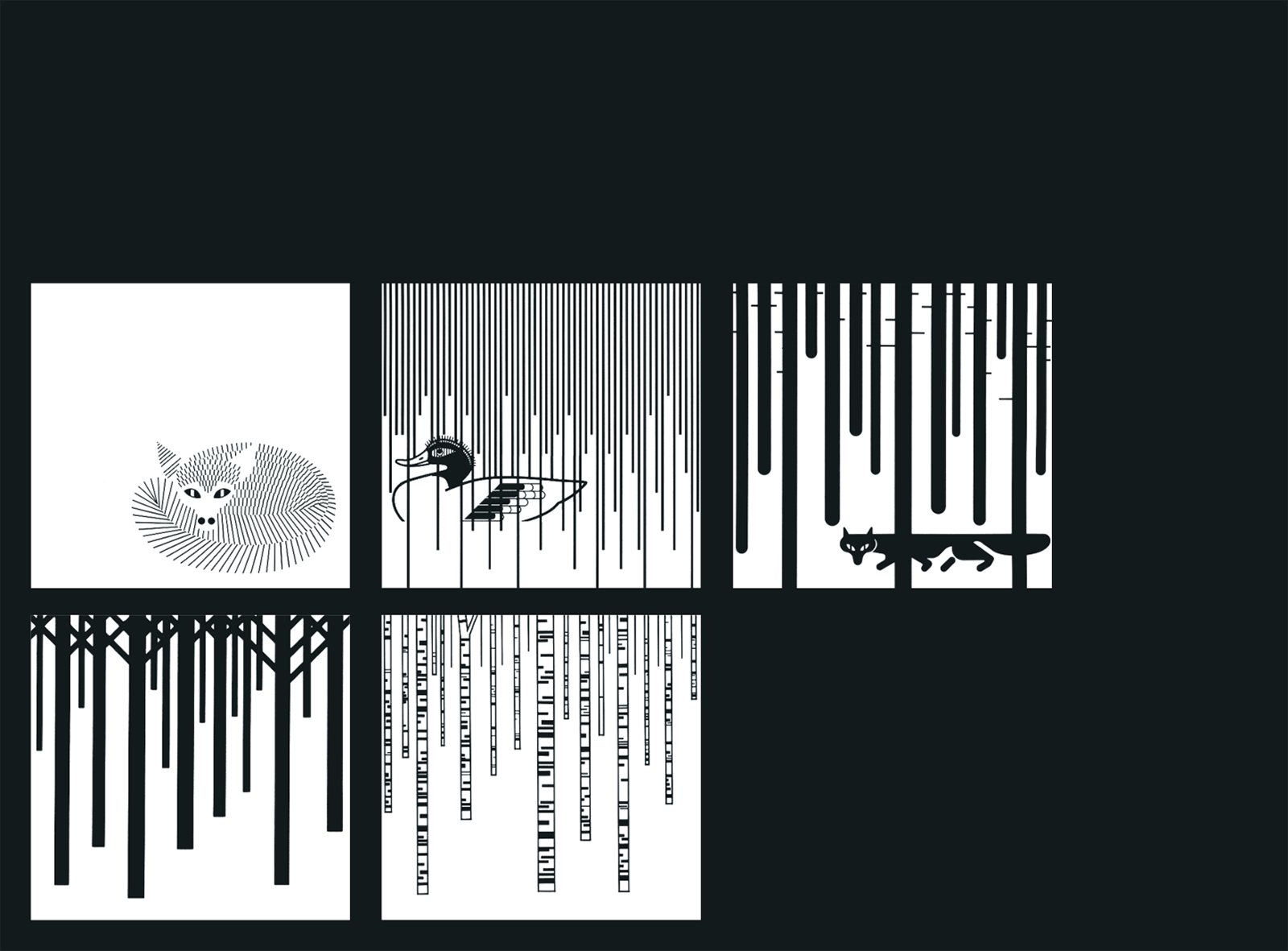
Isny im Allgäu owes Otl Aicher a corporate design that is concise, bold and singular.
With a retrospective of Otl Aicher’s book “kritik am auto – schwierige verteidigung des autos gegen seine anbeter” (Criticism of the Car – Difficult Defence of the Car against its Worshippers) published in 1984, the IDZ continues its series of events on the “otl...
Today marks the centenary of Otl Aicher’s birth. The International Design Center Berlin (IDZ) is taking this date as an opportunity to pay tribute to this great designer. With otlaicher100.de, a new online platform is being launched – a curated space that provides...
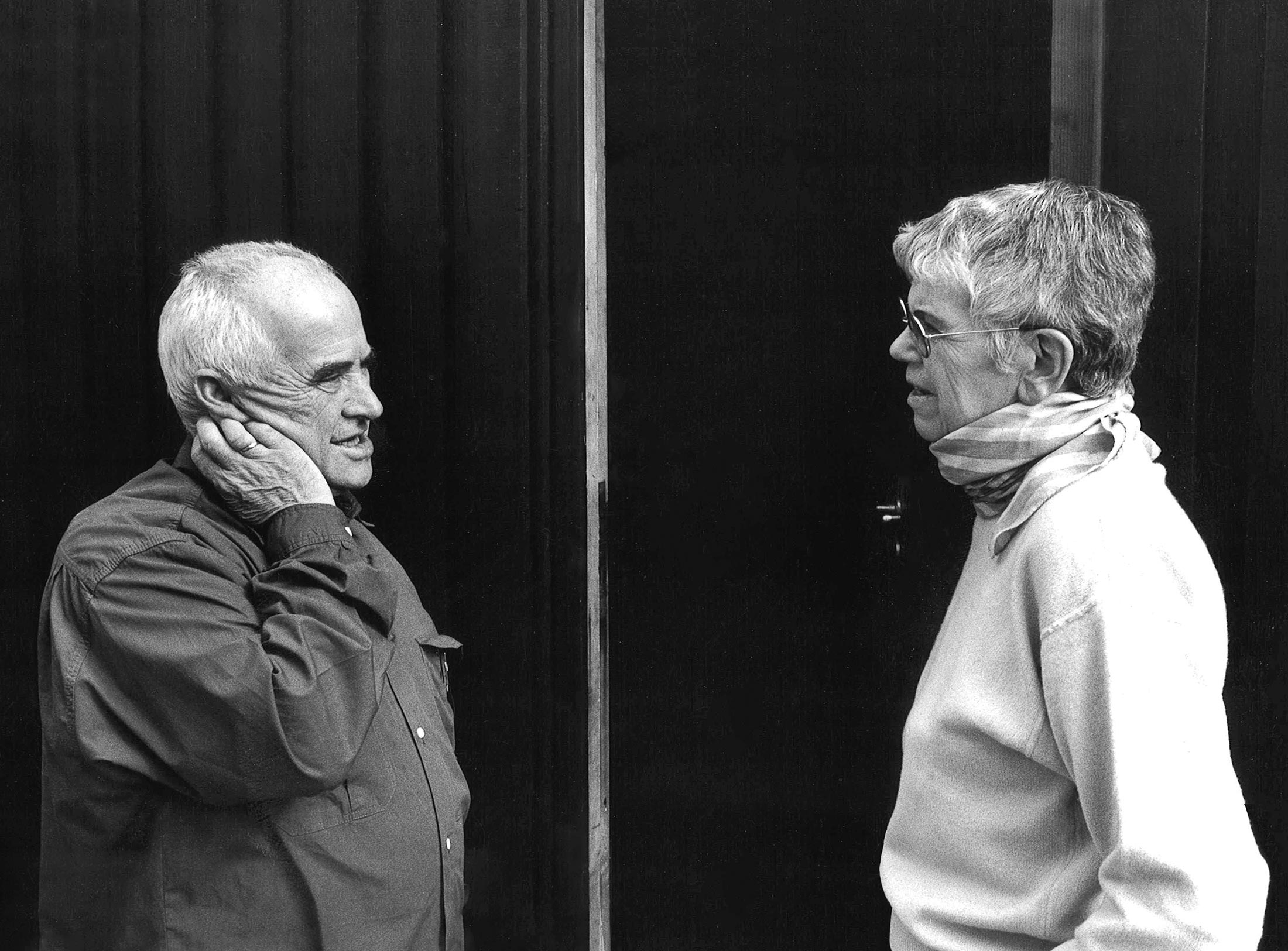
Reflections on Inge Aicher-Scholl and Otl Aicher.
The International Design Center Berlin (IDZ) is taking Otl Aicher’s centenary as an opportunity to pay tribute to this great designer and to make his work visible. An online platform and a series of events will address Otl Aicher’s multifaceted cosmos of topics and...
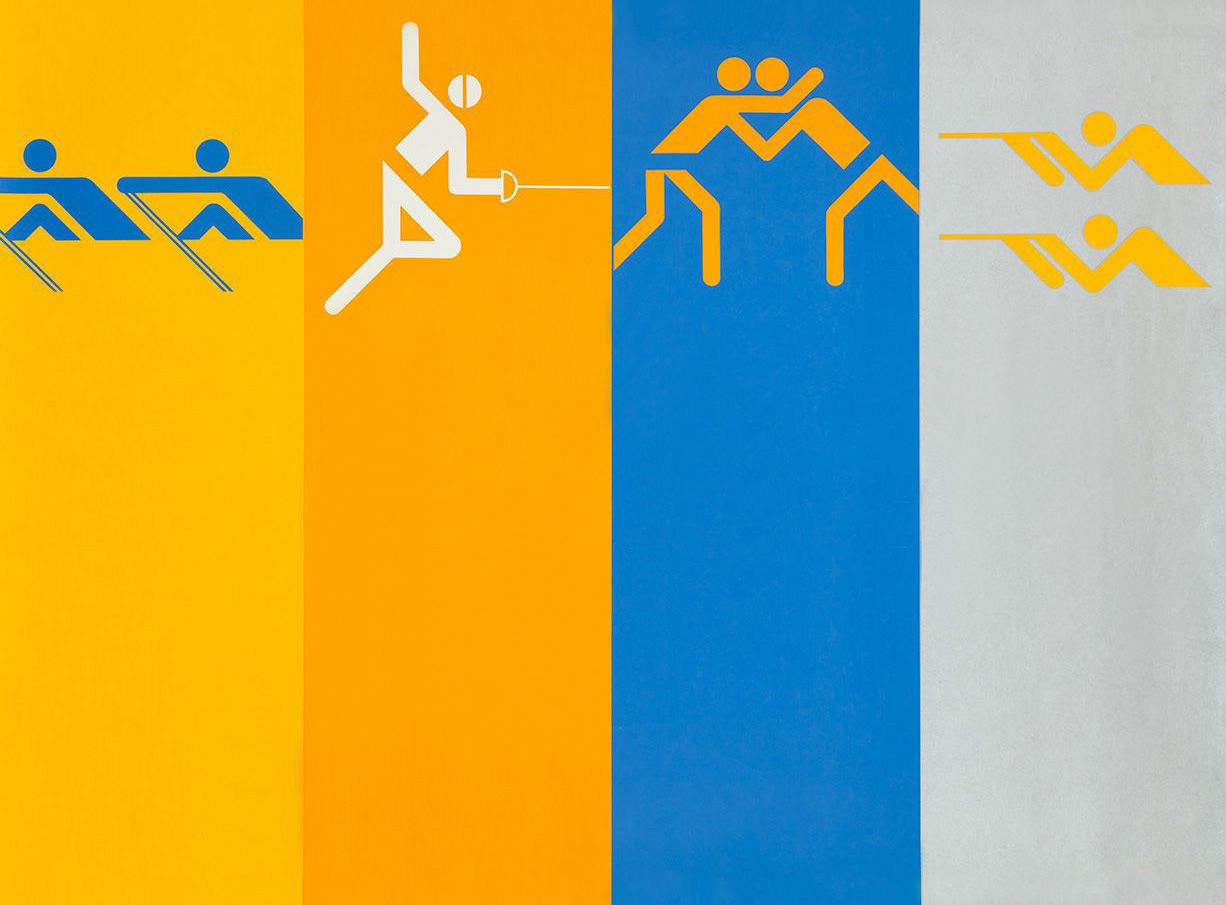
Eine Stadt leuchtet: Mit seinem farbenfrohen Erscheinungsbild der XX. Olympischen Sommerspiele 1972 setzte Otl Aicher ein Signal. Die junge Bundesrepublik war in der Moderne angekommen.
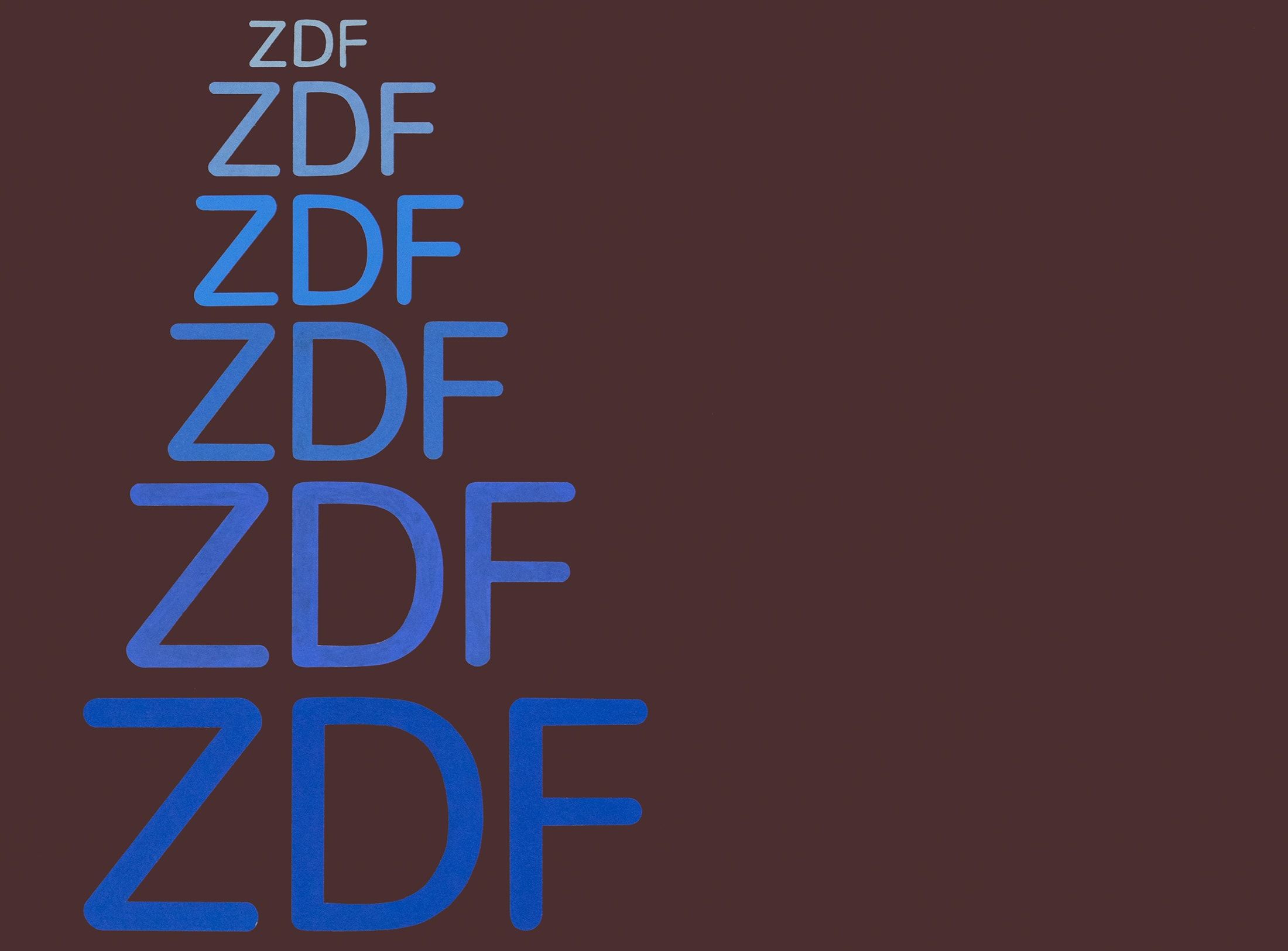
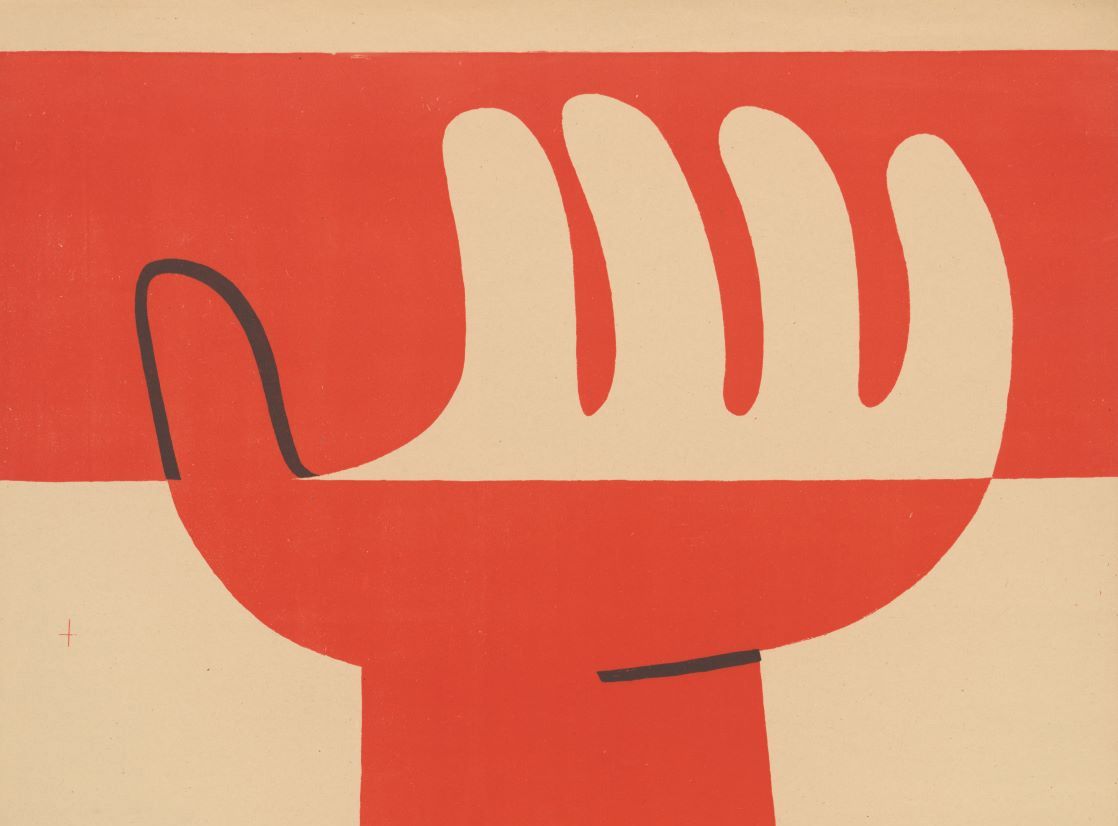
Otl Aicher’s Poster displays for the Ulmer Volkshochschule (Ulm Adult Education Centre).
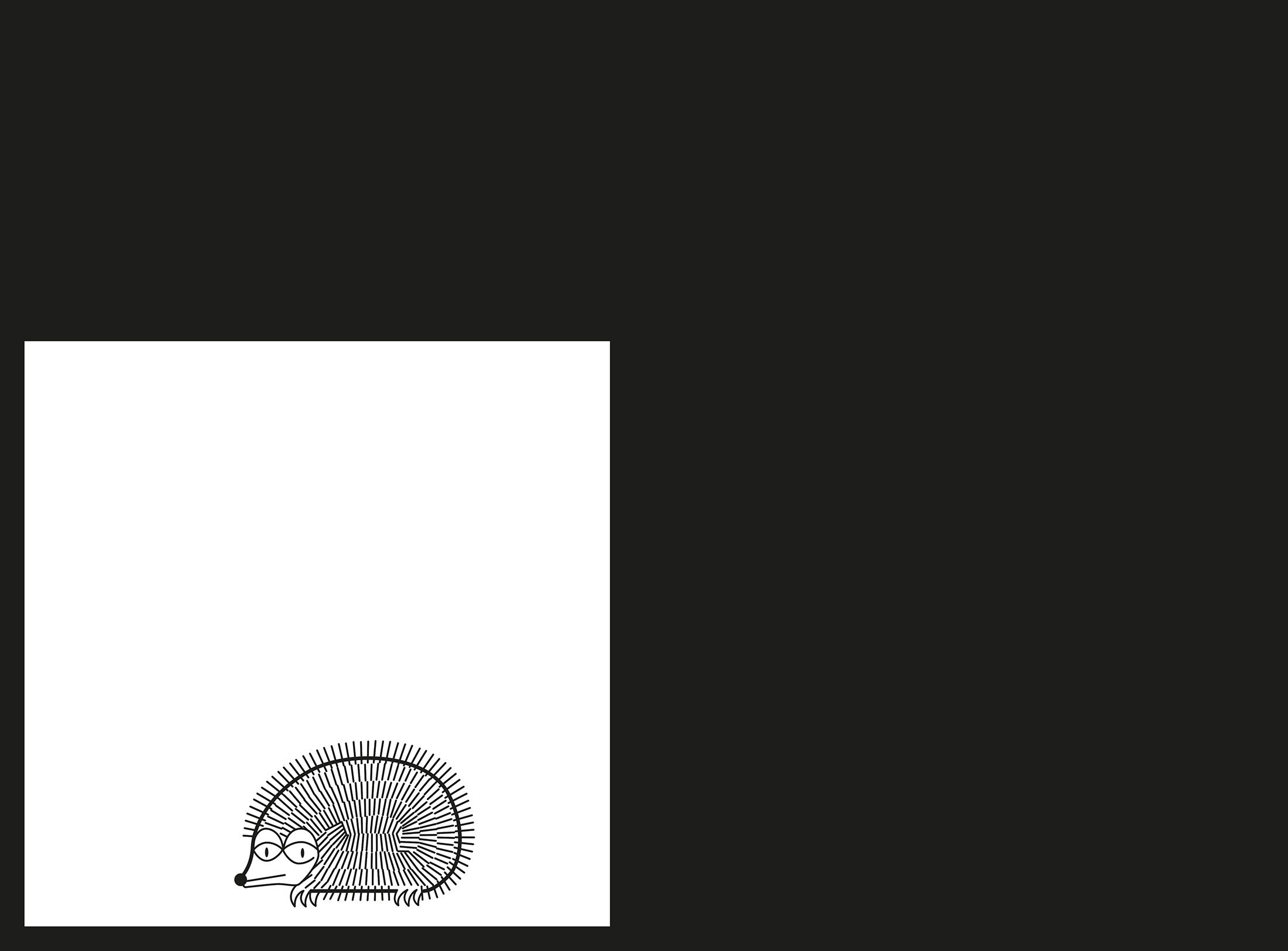
From O to R: Let’s talk about a hedgehog, standardisation and neurotis for a change (please click on the letters).
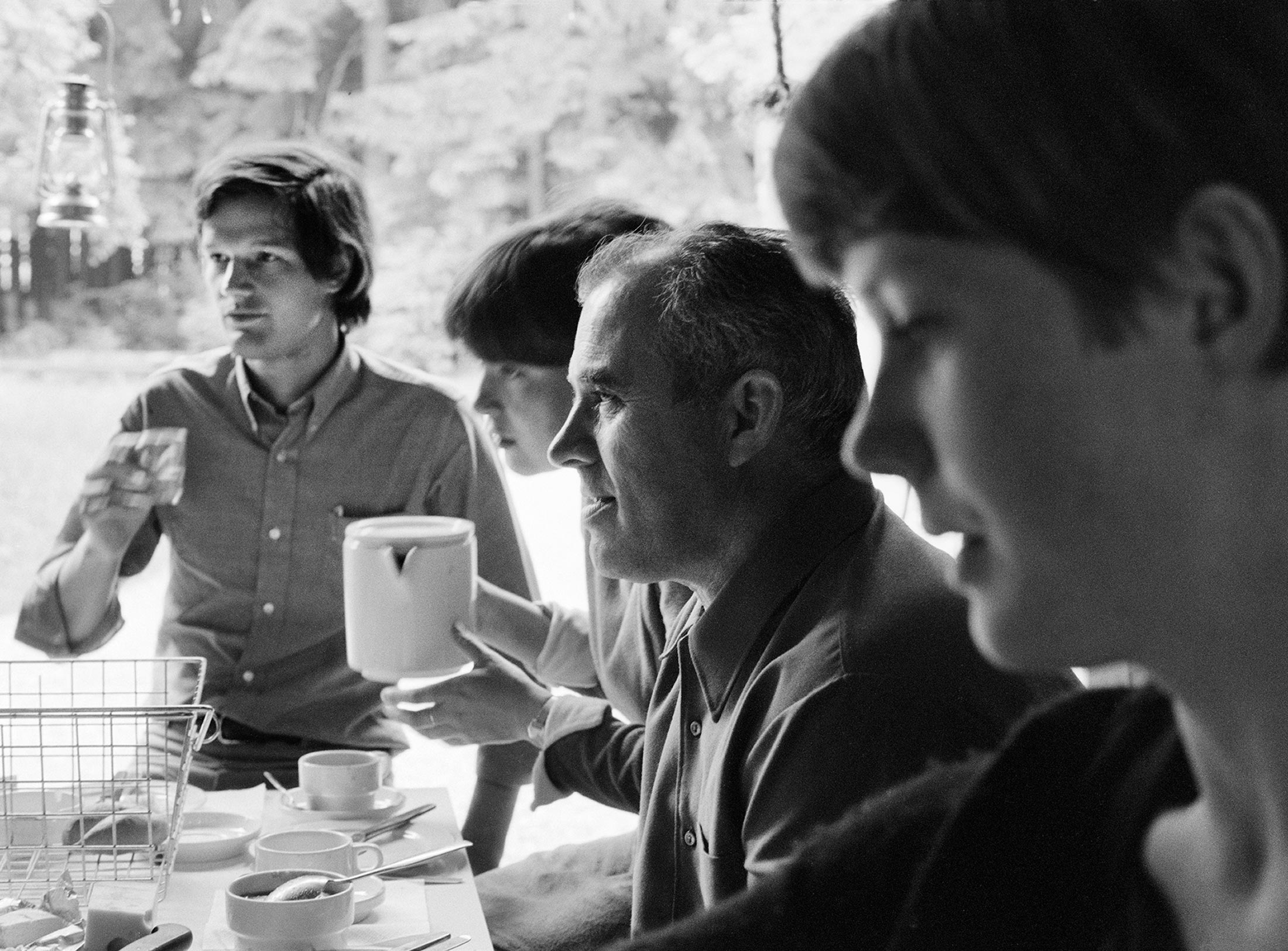
Otl Aicher’s Dept. XI team: the visual identity of the Munich ’72 Olympics was the work of graphic designers, illustrators and technical staff from all over the world.

Aicher’s childhood and youth: the years 1922 to 1945.
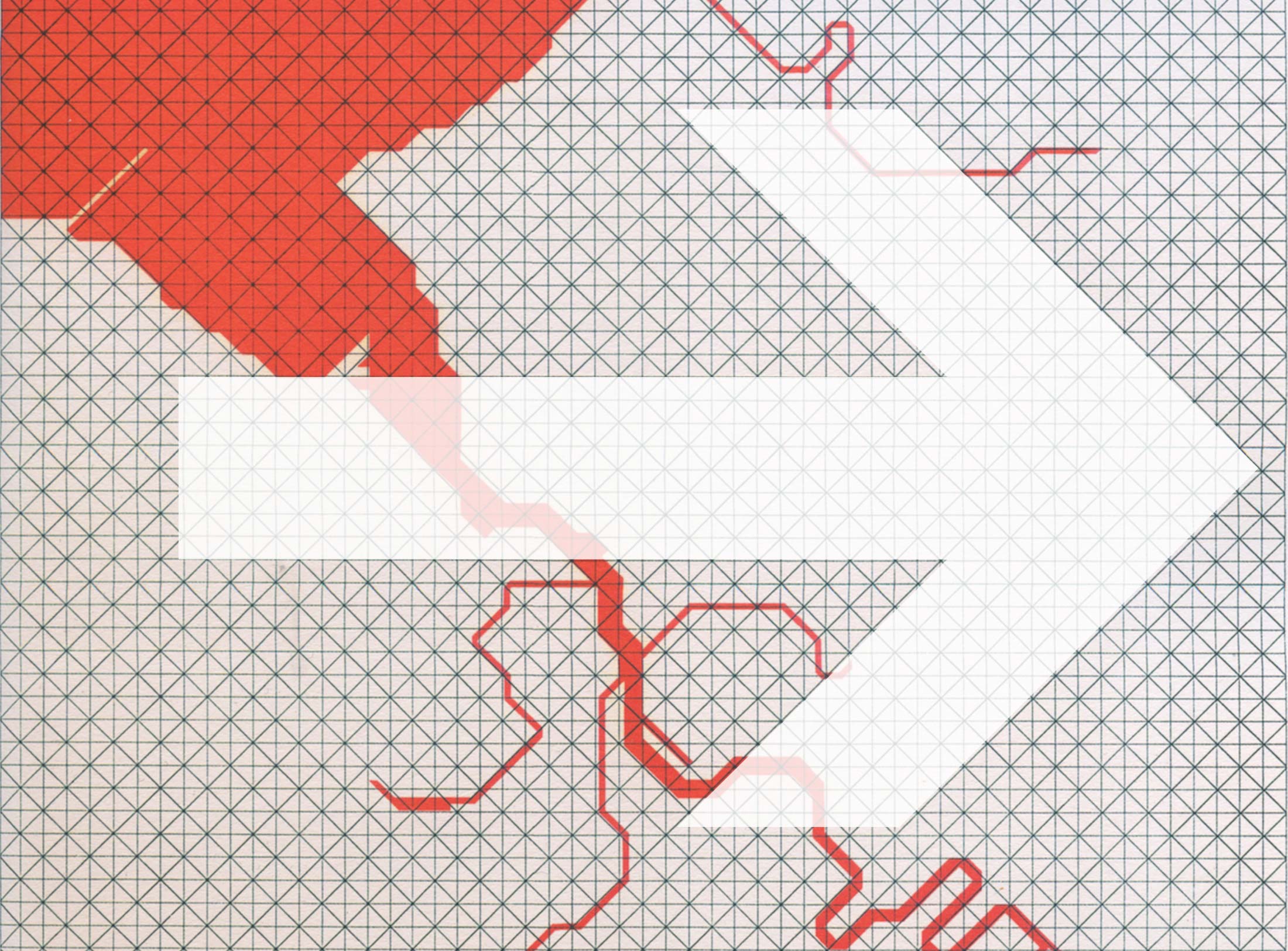
Otl Aicher’s signage systems for airports, metro stations and hospitals are considered exemplary to this day.
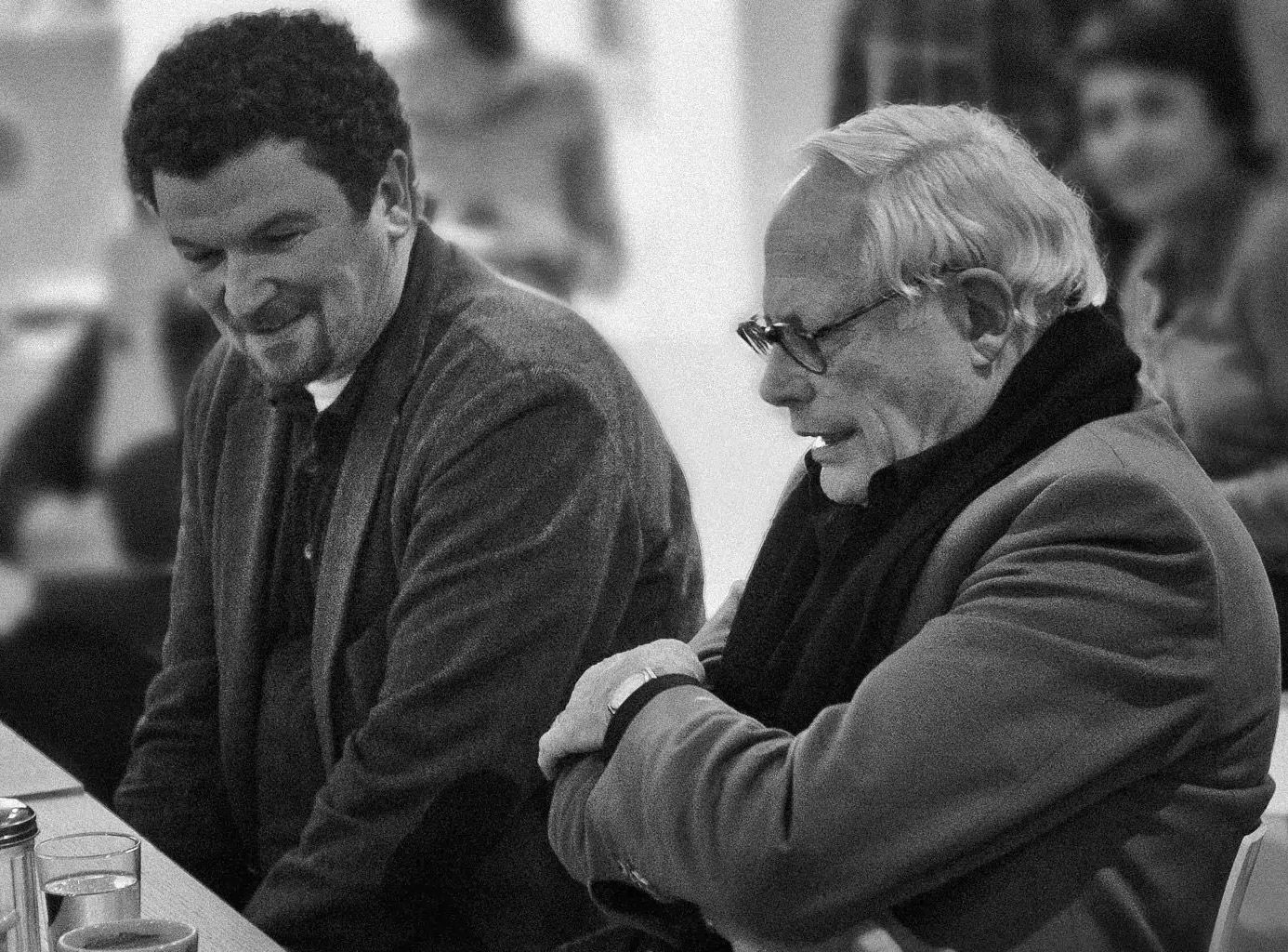
Der einstige Braun-Chef-Designer im Gespräch über den Co-Gründer der HfG.
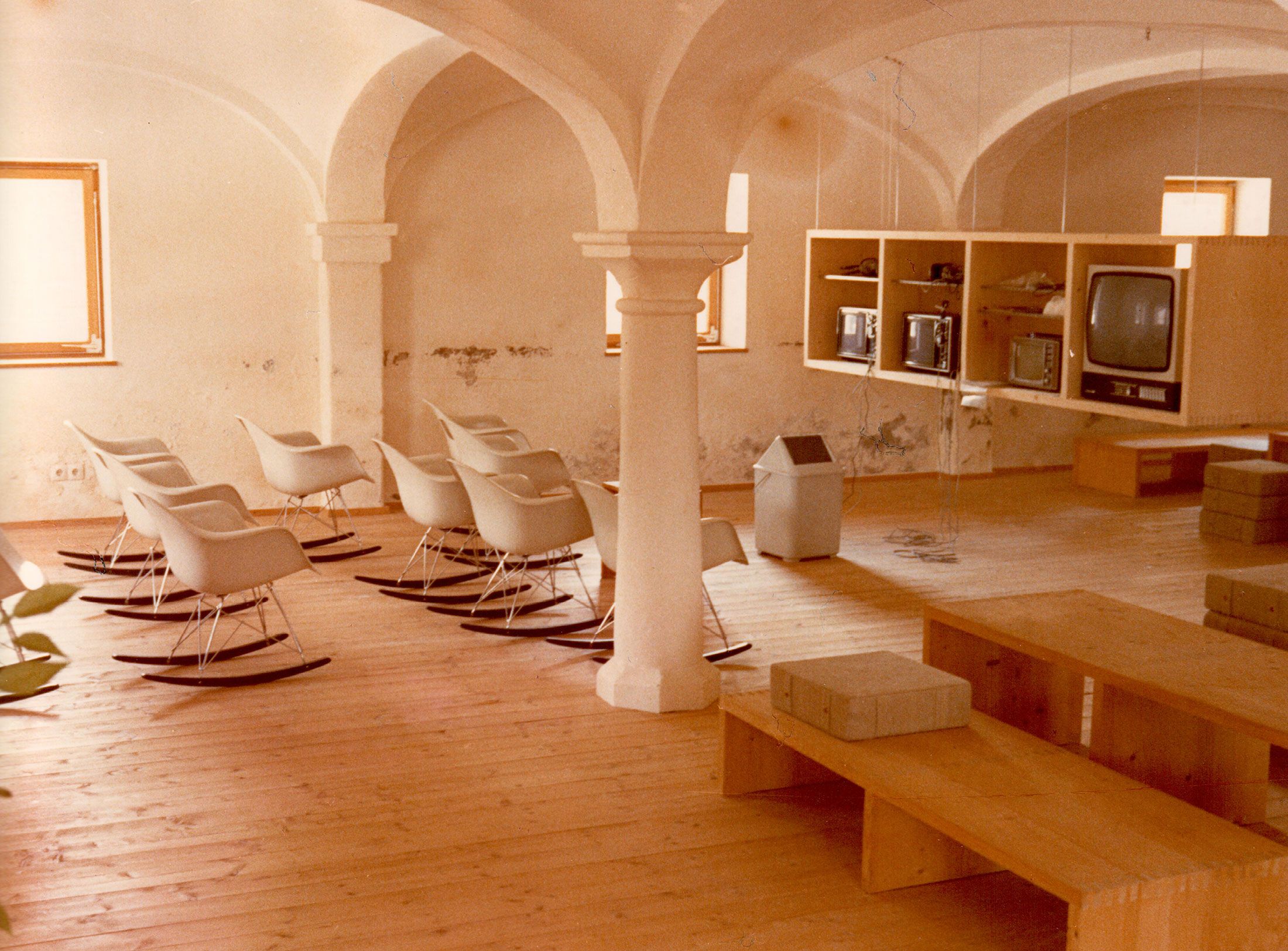
A Broadcast: What is his place in today’s world?
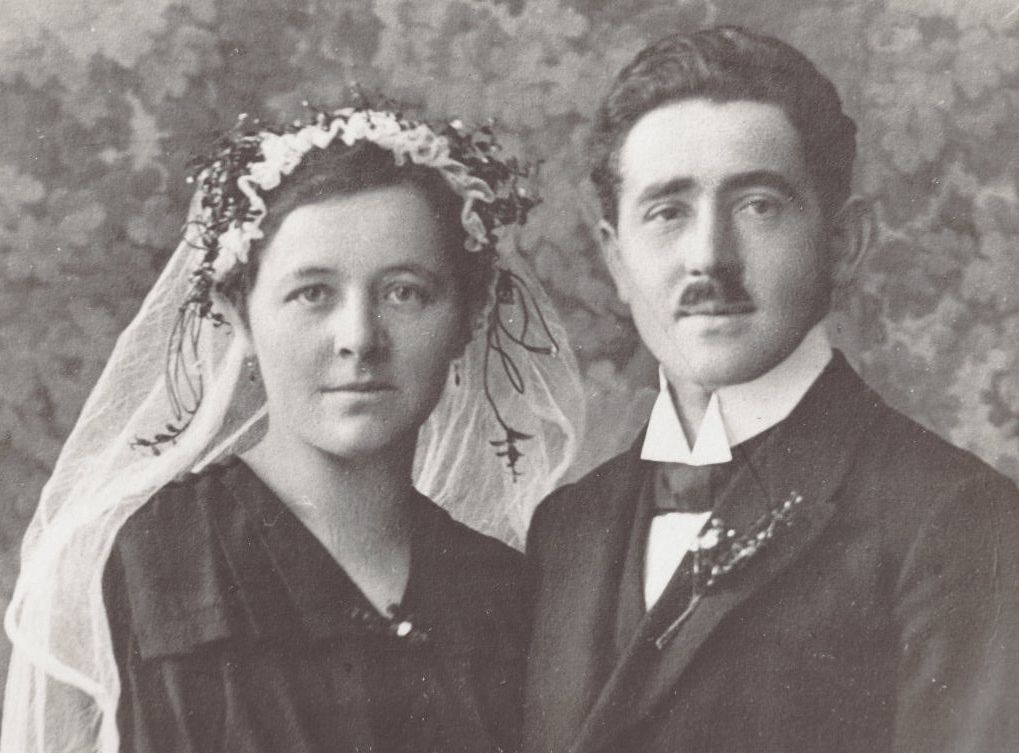
The Aichers: a brief family history.
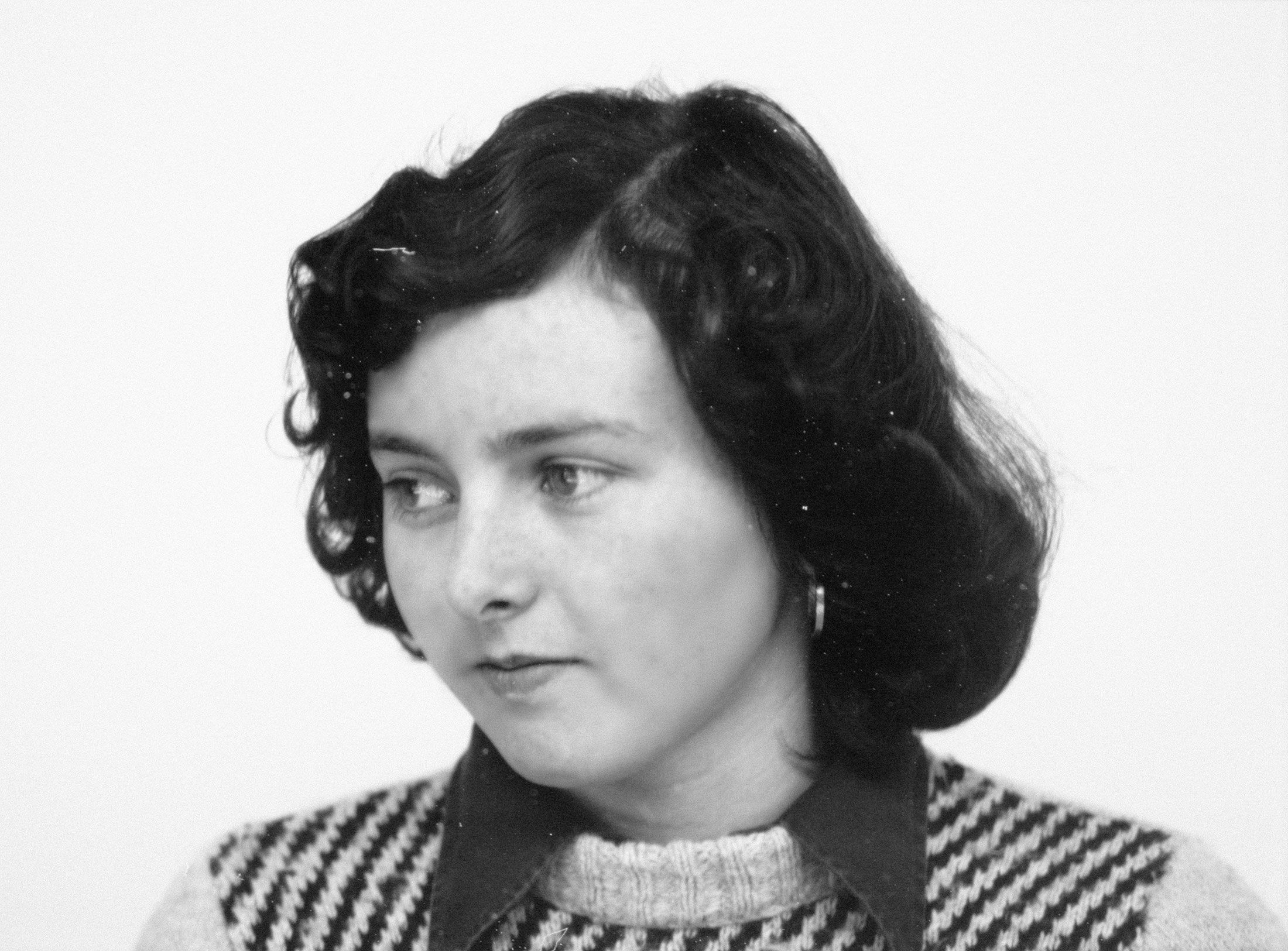
Drawing in Rotis: former Aicher co-worker Reinfriede Bettrich talks about hand sketches, the first computers and everyday life at the office.

How Otl Aicher’s papers and materials came to the HfG-Archiv/Museum Ulm.

Die Küche zum Kochen (The Kitchen for Cooking) – the genesis of a book that has lost none of its relevance.

How a dachshund conquered the world: former Aicher staff member Elena Schwaiger on plush animals, fakes and the authentic mascot of the 1972 Olympic Games in Munich.
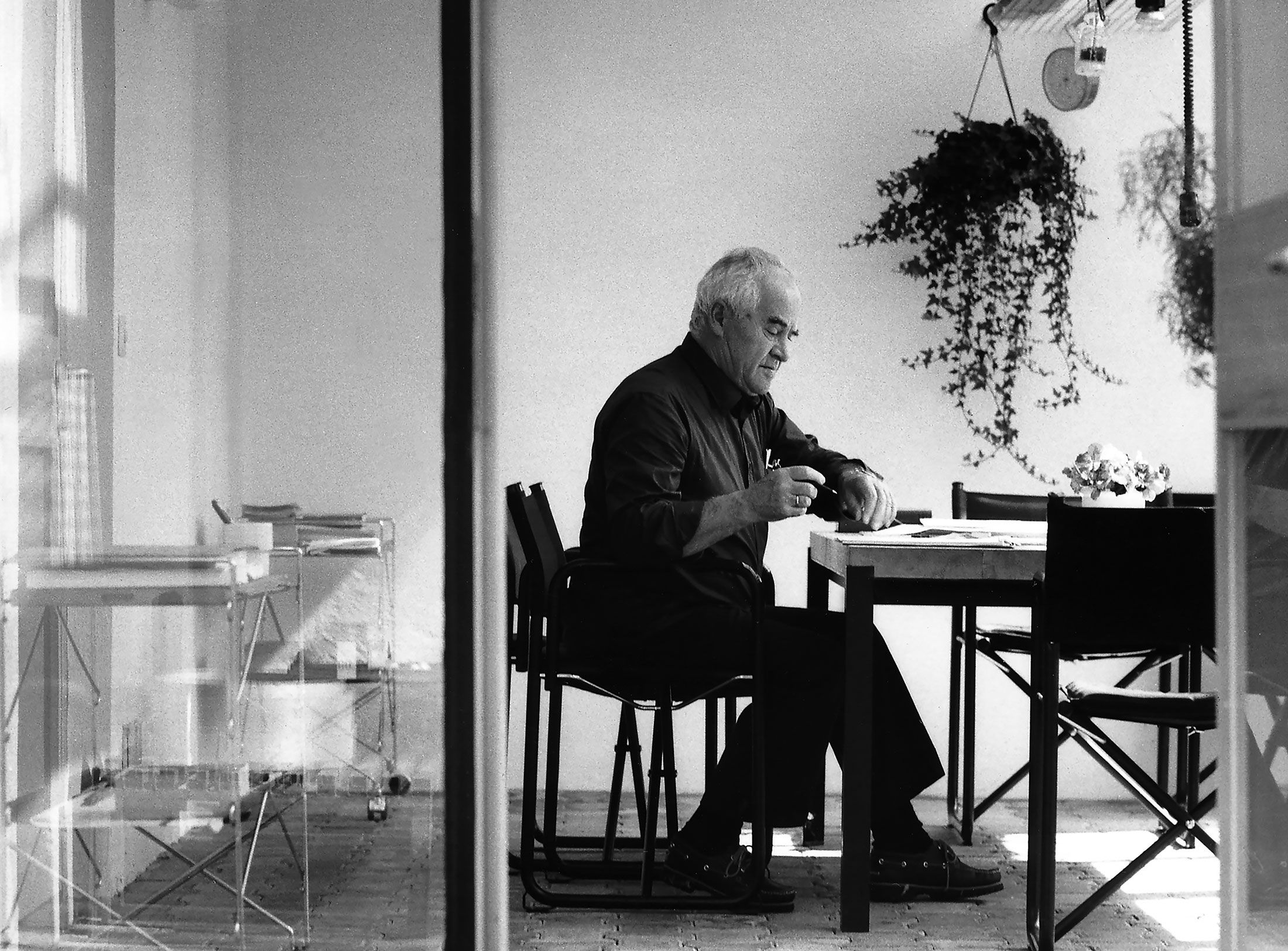
Le Violon d’Ingres or An Attempt to Defend the Writings of Otl Aicher.

Otl Aicher as the architect of Rotis.
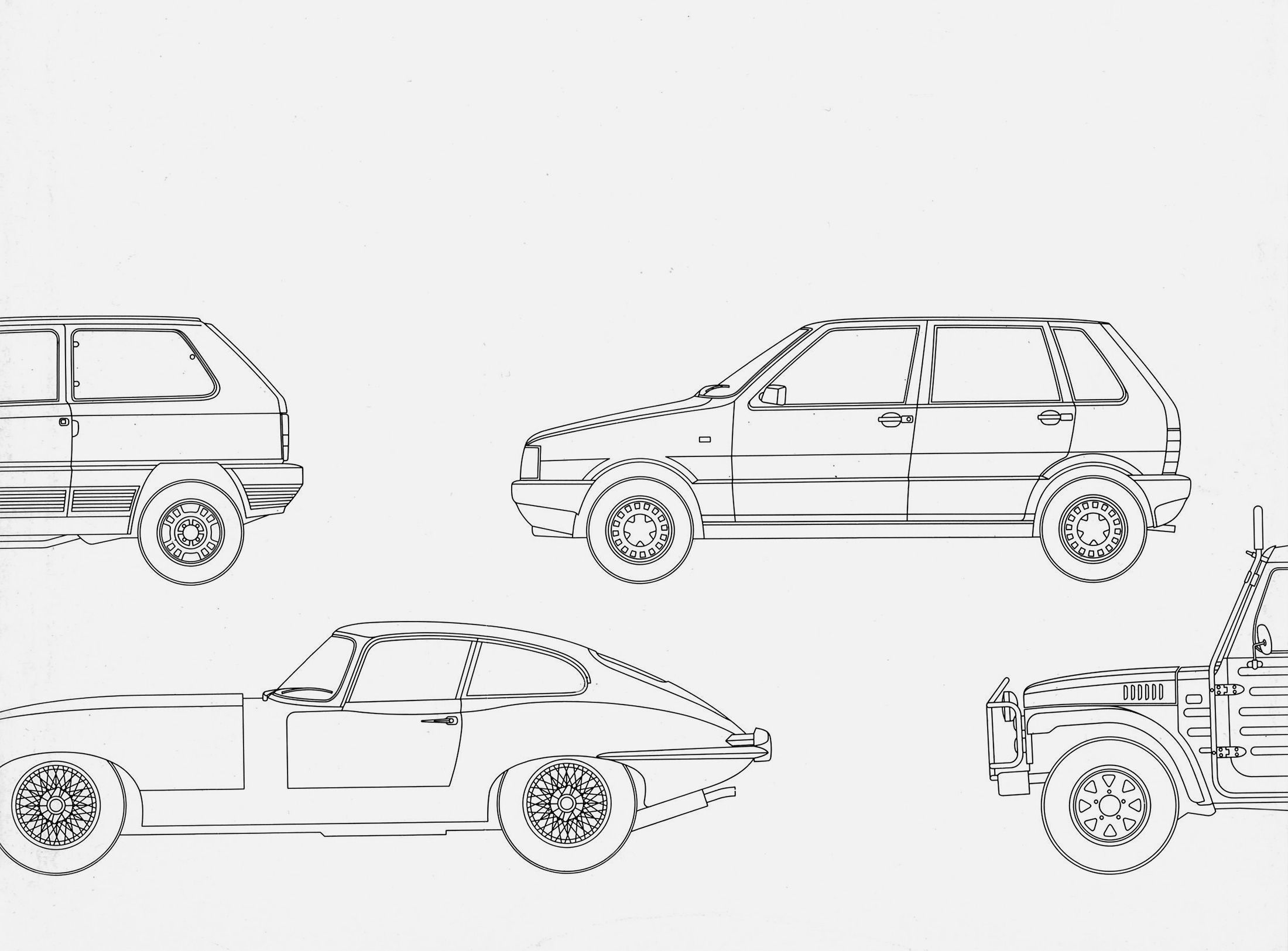
Otl Aicher and his critique of the automobile.

First broadcast: 15.02.1971 on Bayerischer Rundfunk, Munich (Only available in German).
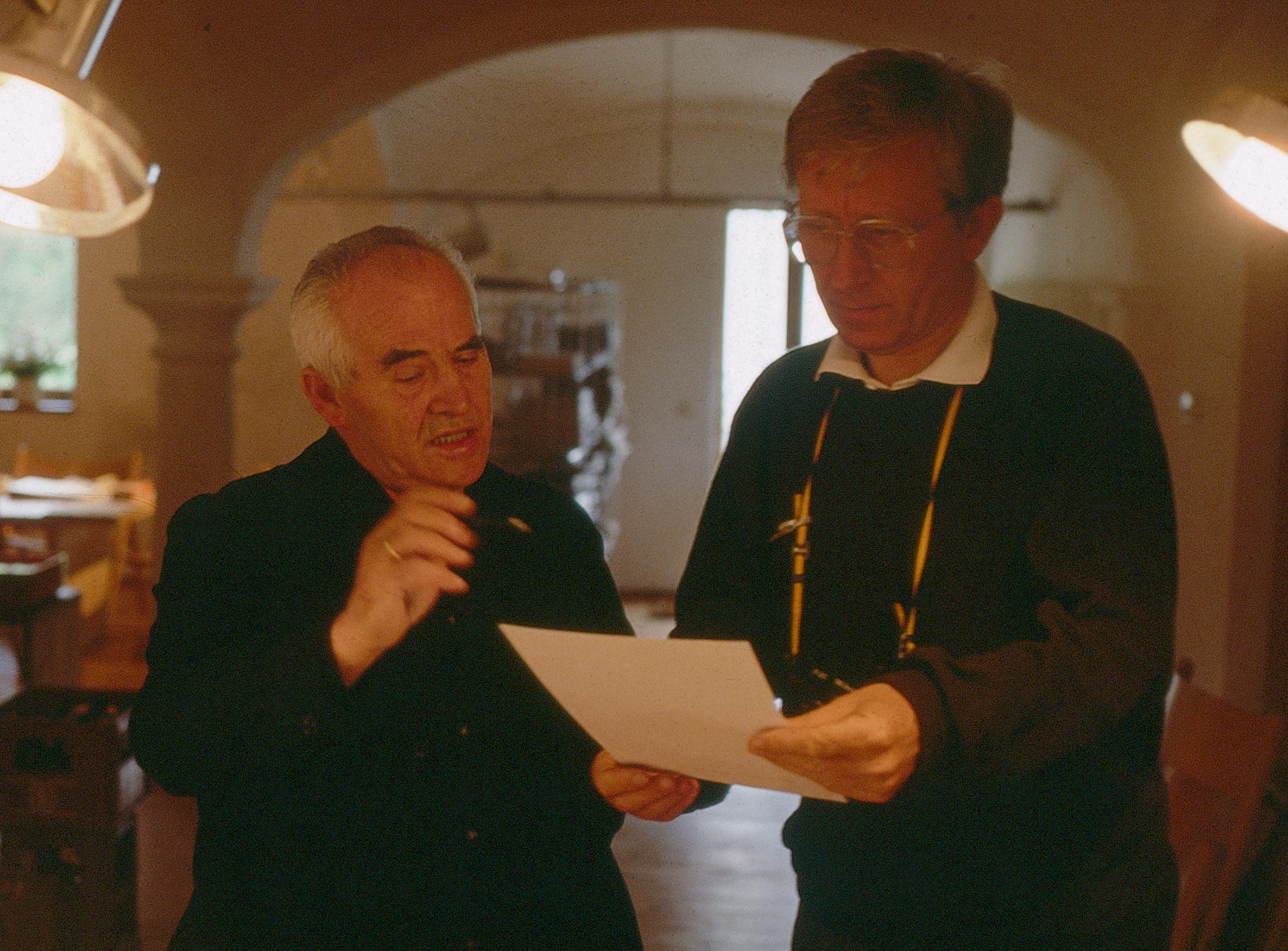
Interviewed: Jürgen Werner Braun on his collaboration with Otl Aicher.
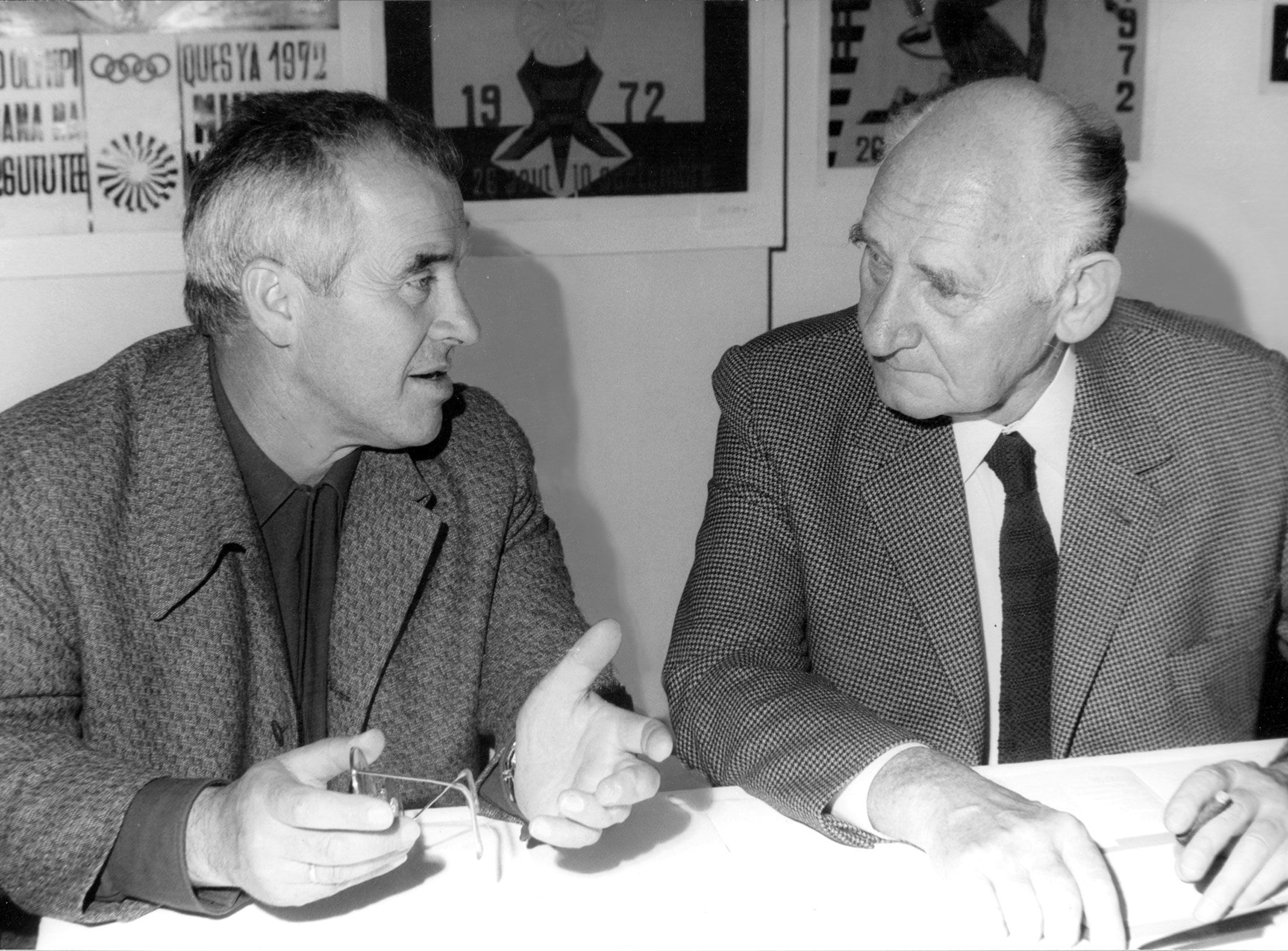
They created the signature of an epoch: designers Otl Aicher, Willy Fleckhaus, Anton Stankowski and Kurt Weidemann.

He has characterised himself as Homme de Lettres, a man of writing and words. Sixteen books have been published – sometimes posthumously – under his name; autobiographical writings among them, as well as textbooks, illustrated books and collections of essays. Aicher initiated and, in most cases, designed more than a hundred books himself. Bookmaking and publishing were part of his design strategy.
Writing was solitary work. At night. At the desk. Above the turbine. (Andreas Schwarz in conversation on 1st July 2022)
Designers, especially architects, have always loved to write. Expressing oneself publicly was part of one’s social character or business. Louis Sullivan, Adolf Loos, Le Corbusier, Hannes Meyer, and Walter Gropius wrote about their profession and their projects, about God and the world. Sometimes their writings became manifestos that subsequent generations learned from and argued about. Otl Aicher knew them, referred to them and enjoyed writing himself. Writing was his longing and passion, his dream, as he confessed in Peter Schubert’s 1991 documentary film “Otl Aicher, der Denker am Objekt”: “I am a Homme de Lettres”. He saw writing as the preferred way to become aware of himself or an object. This is how “The Kitchen is for Cooking. The End of an Architectural Doctrine” (1982), four books on grasping and handles (1987 to 1995), a series on light (from 1977), the “Critique of the Automobile – Difficult Defence of the Car against its Worshippers” (1984). Aicher demanded that his clients, i.e. companies, reflect upon themselves to become more aware of their complex reality. Publishing, not as an advertising leaflet or quick brochure, but in book form, was a component of his design strategy.
In the illustrated books “Flugbild Deutschland” (1968) and “Im Flug über Europa” (1980), both commissioned works for Lufthansa, Aicher presents himself as a picture maker with a camera, and in a particularly self-determined manner in “gehen in der wüste” (1982). As a contribution to his own profession, the extensive illustrated book “typografie” (1988) was published. The autobiography “innenseiten des kriegs” (1985) and the posthumously published “schreiben und widersprechen” (1993) occupy a special position. The two books “analog und digital” (analog and digital) and “die welt als entwurf” (the world as design) bring together articles, lectures and essays from the years 1978 to 1991 together with previously unpublished texts. From the impressive list of literature, I refer in the following text primarily to “die welt als entwurf”.
Aicher’s books are repeatedly reprinted, re-read and seem to be of equal value as his design work. His themes revolve around questions of design, of drafting; his kind of unacademic reflection seems fresh, and many people find his texts appealing, perhaps because the language is rather matter-of-fact; foreign words hardly occur and the grammar is occasionally Swabian. Many a formulation is borrowed from the spoken language.
“those who approach the complexity of life have little chance of remaining in the memory of mankind like the great simplifiers, the high-flown specialists. those who drive their heads to the ultimate rationality or their hearts to the most sensitive nerves have a chance of being noticed, but not those who need both. the simplicity of the method belongs to greatness. even the architect must specialise either in form or in technology if he wants to make a name for himself. this is the real cause of women’s inferiority in history. they have to think with their hearts and feel with their heads and thus elude our scheme of cultural appreciation” (die welt als entwurf, p. 69 f.).
This is catchy, but on closer examination it causes considerable difficulties. Otl Aicher does not cite any sources for his views. If he wants to substantiate and strengthen a statement, he likes to refer summarily – always without mentioning first names – to personalities who inspire awe. Most notably Augustine, William of Ockham, Thomas Aquinas, Ludwig Wittgenstein, then Friedrich Nietzsche, Plato or Aristotle. So too even in the case of narrowly defined subject matter. Views and thoughts of colleagues are rarely included. Often, the impression is given that he has just been reading, for example, Ludwig Wittgenstein’s “Tractatus logico-philosophicus”, and that he picks up a sentence, a thought, which he then spins around or out, appropriates it, thinks about it, incorporates it into his world in an idiosyncratic way as it floats along, and then writes this down, almost as if dictating to himself. What Aicher lays out in this manner, and how he does it, is amazing and wishes to amaze.
“life no longer has to have meaning if it can have success. even philosophy today makes a wide berth of the compulsiveness of a calculus or a system of values, where the pluralistic panorama of views is much more suitable for an intellectualistic communication à la blumenberg. does life have a meaning, asks philosophy, and it is becoming increasingly sceptical. so building is also losing its meaning” (die welt als entwurf, p. 99).
In Aicher’s texts, one proposition follows another and the texts are divided into short sections. In his sentences, which are placed together or, better, in relation to each other, it is difficult to answer the question of what the thought in one sentence has to do with the following thought and what the following thought has to do with the preceding one. In theoretical texts, the connection is usually argumentative. Aicher does not give reasons, he rather tries to persuade through gushing chains of associations and comments on what seems to him to be the case, in the gesture of an educational writing. The tone is both proclaiming and compelling. The successive sentences invent dubious or astonishing connections that are difficult to agree with. The sentences begin with “who themselves”, with “one” or “that is” or “that’s how it looked”, and the rigidity already perceptible in the sentence structure does not open up the writing for thinking along or stimulate reflection. His definitive statements cannot be weighed up and a dialogical intention is not discernible. This procedure devalues Aicher’s views, which are based on expertise and insight; the lack of outlining a context often turns what is stated into opinion.
“zeitgeist is a discovery of bourgeois art history, which found it indelicate to speak of facts and turned to the intellectual.” (the world as design, p. 40)
“art is the incomprehensible. if you understand what a picture shows, it is no longer art. so art also turns away from any form of the comprehensible, it turns to the actual domain of the irrational, to aesthetics itself.” (the world as design, p. 31)
In the writings, abstractions appear abruptly again and again, forming a rhetorical automatism, as it were, the background against which the writing takes place. First and foremost: THE state and THE bureaucracy. Such interjections are sometimes disturbing, but nevertheless understandable and comprehensible coming from an anti-Nazi position, from Aicher’s renitence and his resistance to arbitrary state power and oppression, an attitude that never left him throughout his life. In contrast, other ghosts such as THE history of art, THE art, THE aesthetics, which appear again and again, almost compulsively, are difficult to understand; projected sweepingly onto the respective object, they are without accuracy. These mental images rather point to resentment, fuel the old and superfluous dispute about applied and liberal arts, and indicate both unresolved conflicts with colleagues and a theoretical deficit.
All of this comes across as very serious, resolutely and categorically proclaiming what is right, without irony or cheerfulness. The intellectual environment in which Otl Aicher grew up, in which he went of his own free will as a young man and in which he wanted to come to think, was not a free-flowing area, but a chosen milieu of strict Catholic doctrine, certainly helpful to him in the midst of a Nazi world. But this chosen milieu knew less of argument, but placed a lot of value on faith, revelation, conviction and bearing witness. This is already shown very clearly in the meetings, discussions and correspondence with the Scholl siblings. Already here, Aicher appears at the same time as an erudite student and a strict, almost oppressive teacher, almost a preacher.
Otl Aicher was denied his Abitur in 1941 because he refused to join the Hitler Youth. He broke off his studies of sculpture at the Academy of Fine Arts in Munich after a short time and opened his own studio in Ulm in 1947. Like many intellectuals and critical spirits of his generation, he had to watch many Nazis being reinstated to their old posts after the war, had to realise that the former powers were the real survivors. They didn’t have to start over, they could carry on doing whatever they could or had learned. Others had nothing. What was left for them? They turned it into a beginning, became doers and did. A doer is someone who cannot yet do anything in particular, someone who has no support, to whom everything is open, who is not involved, who is not sustained by any situation, but who then does something. Seen in this light, Otl Aicher is a permanent newcomer, both in writing and in designing. Conversely, however, he owes everything only to himself. He insists on this and this is how he stages himself and provides himself and the public with the ideal image of a self-made man.
In his texts, Otl Aicher shows himself to be a well-read person with a wide range of interests who always tries to bring together what he has read with his professional experience and his experience of life. In doing so, he surrenders himself to an associative mood; his cascades of associations result in a shimmering, bouncing, tumbling text. It is as if he retained a youthful style of writing and thinking throughout his life: erratic, rumbustious, full of more or less bold leaps. A style more at home in letters or diary entries or notes in work journals.
“Yes, I would say that too. When he talks, he is very nuanced and is not, as in writing, always generalising… He is a genius in narration, he can explain the world to you wonderfully, but then in writing it becomes flat.” (Andreas Schwarz in conversation on 1st July 2022)
What if Otl Aicher’s writing were narrated by him – outdoors, at a table under a tree with beer and pretzels? That would be enjoyable, entertaining, pleasurable, even if the event was meant by the speaker as a lecture – this intention would be broken in the performance. His way of speaking and what is said would be given air, some things would simply dissolve, others would linger as memories, they would perhaps be the starting point for their own image, a new thought, a reflection, and thus an offer to continue the chains of associations. In any case, this situation would be free of burden. That would be fine with me, and I would have liked to sit at that table.
Note: The indented text passages are usually quotations that serve to exemplify the text.
Chup Friemert is a designer and design theorist. He studied industrial design at the Staatliche Akademie Stuttgart, experimental environmental design at the Hochschule für Bildende Künste Braunschweig and journalism, philosophy and economics at the Freie Universität Berlin. He completed his studies in 1977 with a diploma at the Hochschule für Bildende Künste in Braunschweig and a doctorate at the University of Bremen. In 1984, Friemert became a professor at the Hochschule für Bildende Künste Hamburg. He has also taught as a visiting professor at the Instituto Superior de Diseño Industrial in Havana, Cuba, at the National Chinese Academy of Fine Arts, Hangzhou, China, and at the Hochschule für Gestaltung (HfG) in Karlsruhe, where he has been an associate professor ever since. Publications on historical and contemporary objects of design and architecture, such as on the life reformer William Morris and the architect Margarete Schütte-Lihotzky, the steel and glass architecture of the 19th century World’s Fair palaces and Hegel’s philosophy of art.

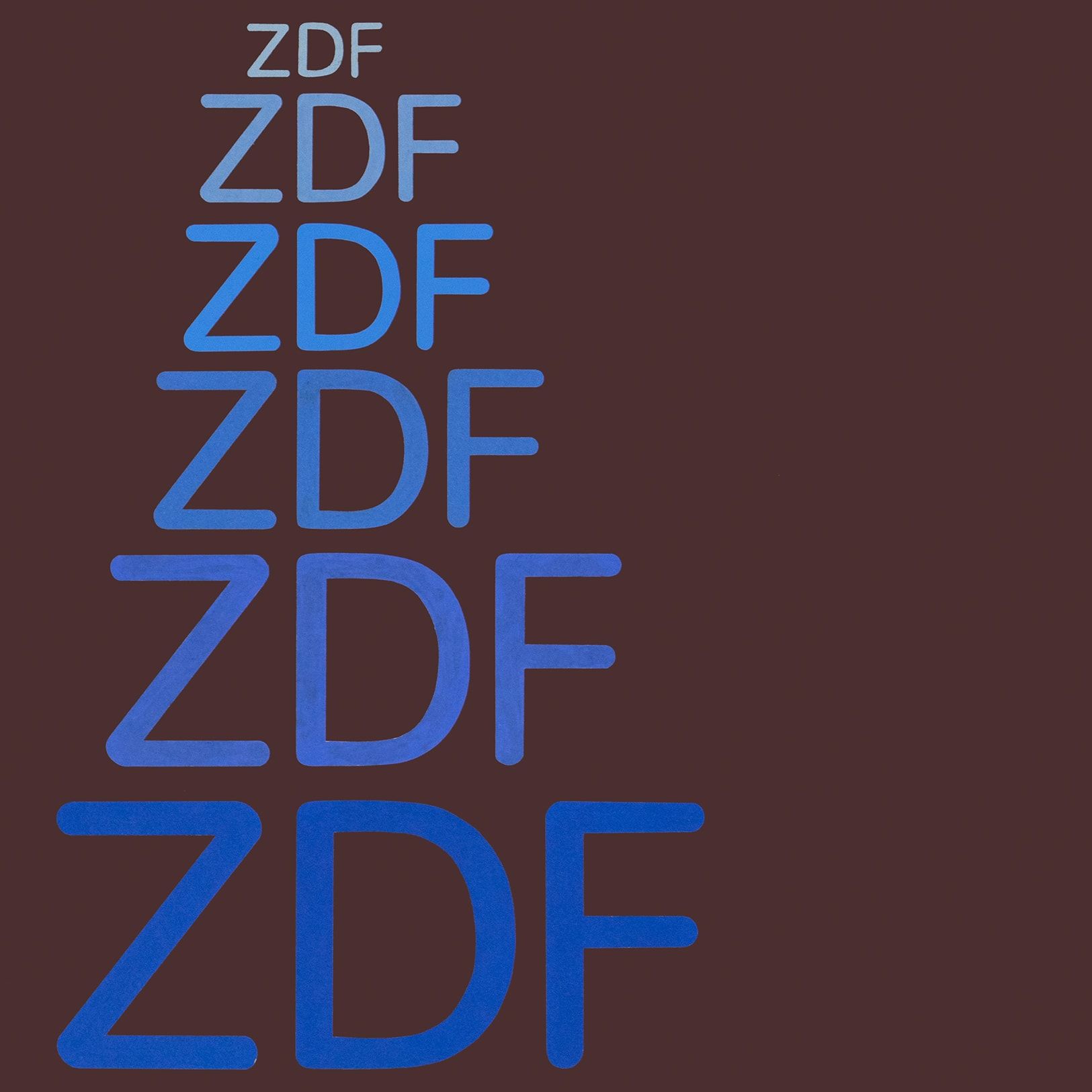

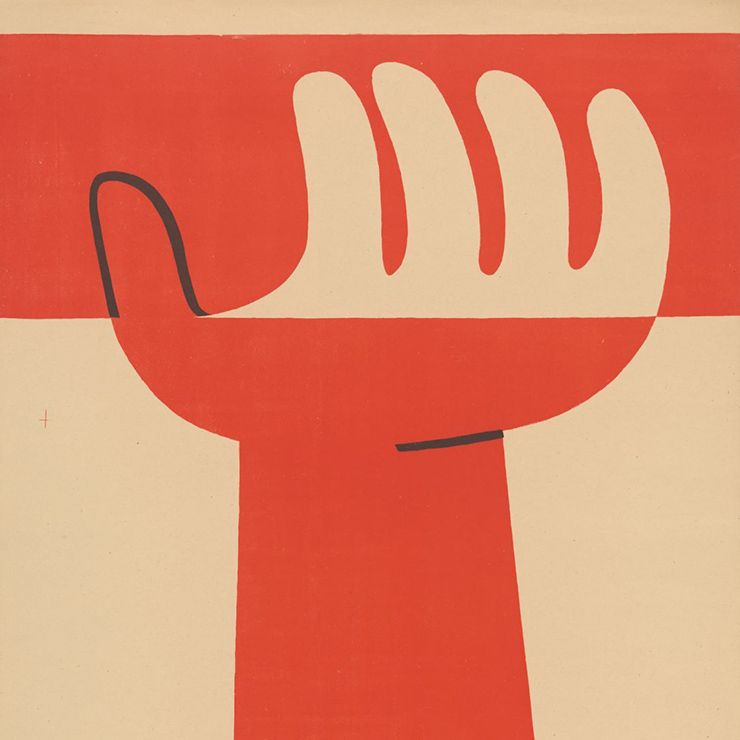
Otl Aicher’s Poster displays for the Ulmer Volkshochschule (Ulm Adult Education Centre).

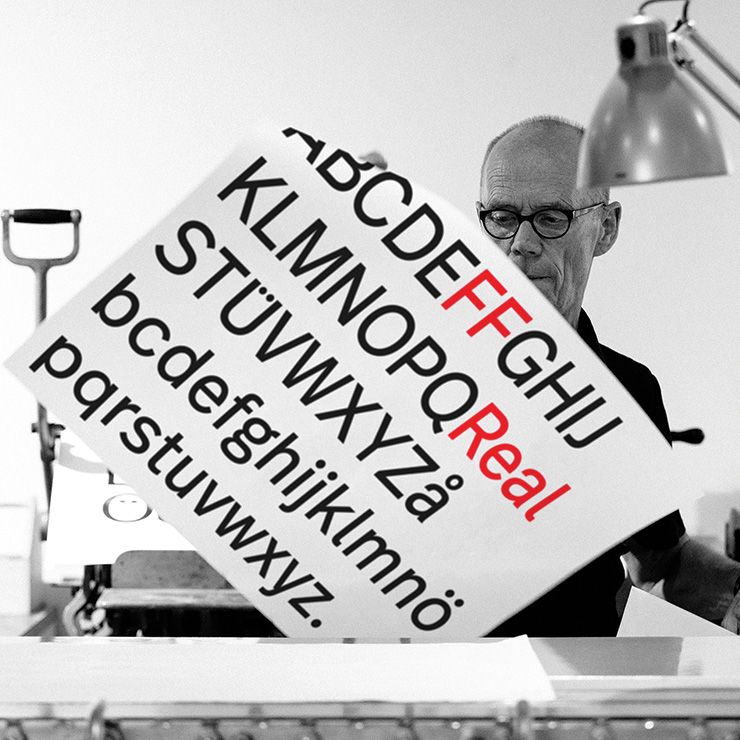
Interviewed: Erik Spiekermann, type designer, author and Aicher critic.